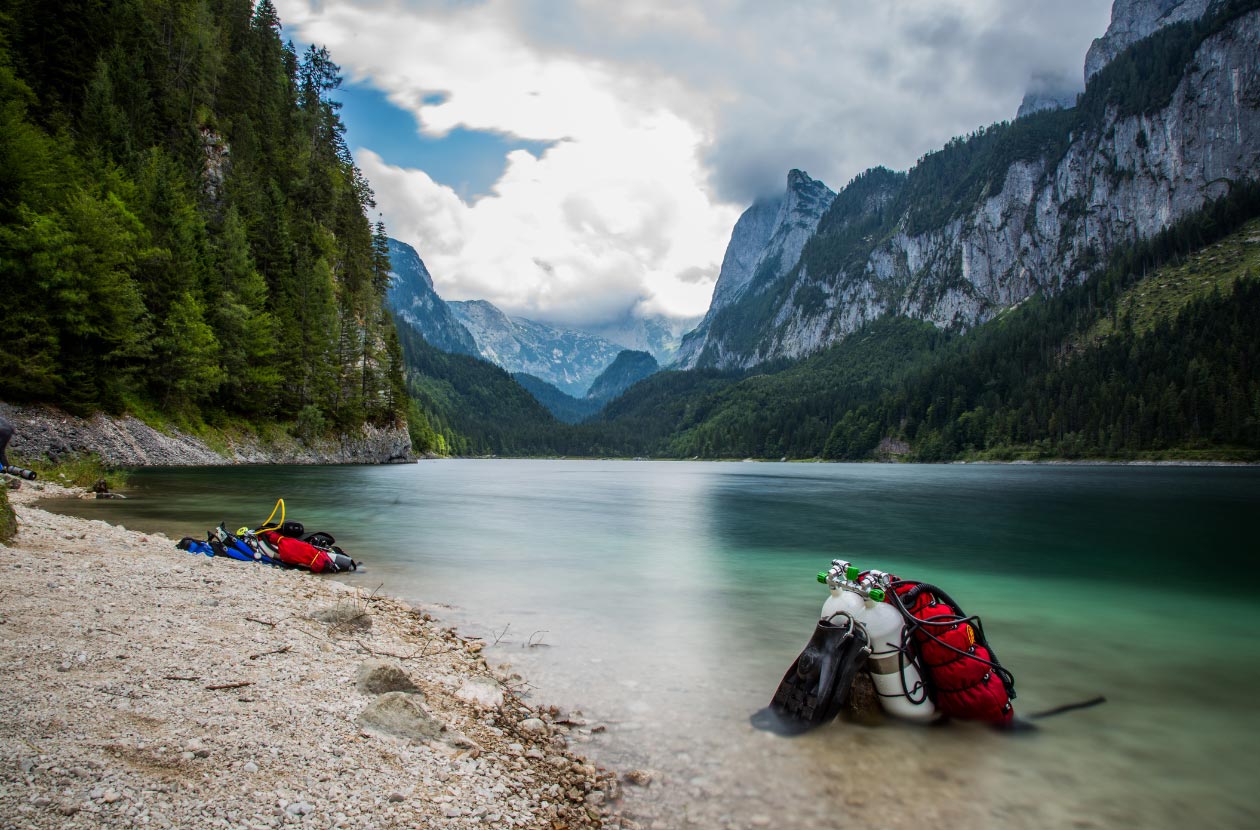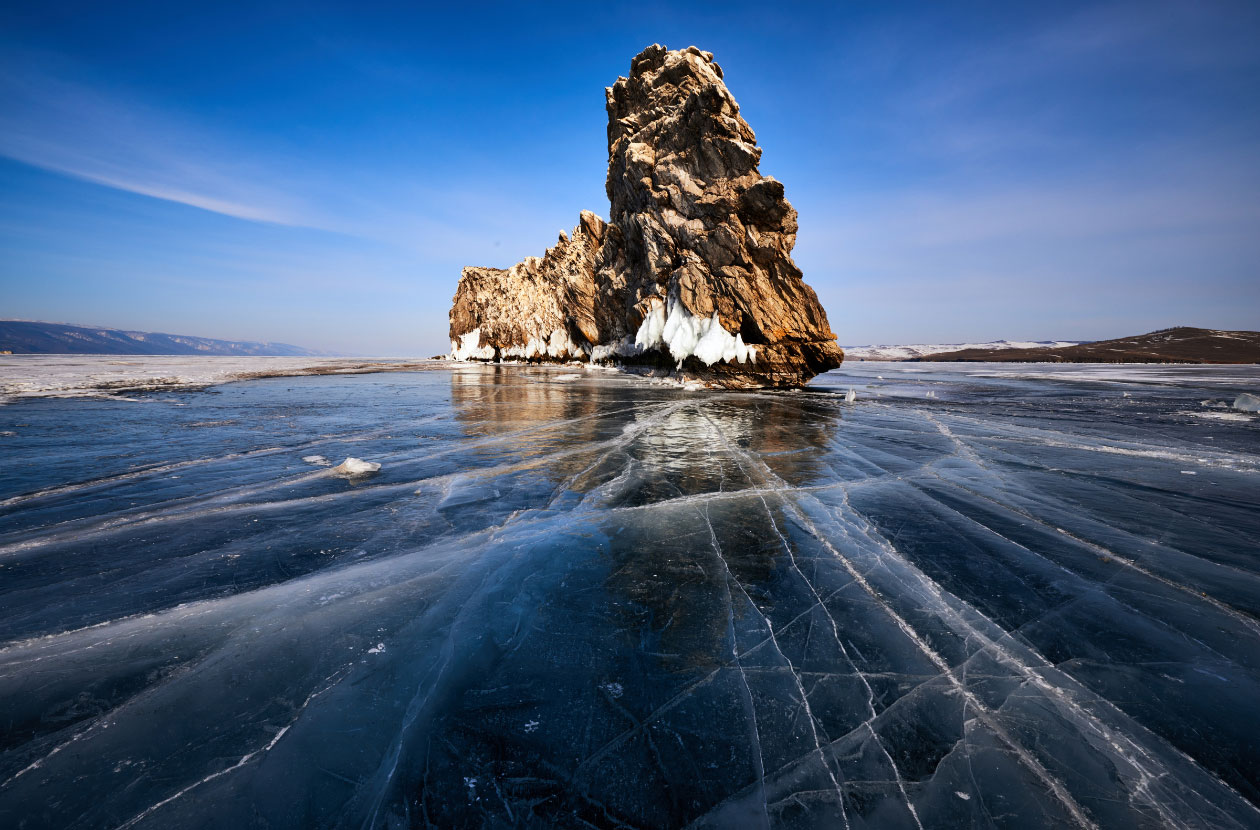Altitude diving is a thrilling and adventurous activity that involves diving in bodies of water located at high altitudes, such as mountain lakes or reservoirs. This unique form of diving presents divers with exciting challenges and rewards, offering a completely different experience from traditional diving in coastal or tropical areas. In this article, we will explore the world of altitude diving, discussing its definition, equipment requirements, safety considerations, and the breathtaking wonders that await those who venture into this captivating realm.
Introduction to Altitude Diving
Altitude diving is a specialized form of diving that takes place at locations situated above 300 meters (1,000 feet) above sea level. It offers divers a unique opportunity to explore breathtaking underwater landscapes in high-altitude environments, where the water conditions, temperature, and visibility can differ significantly from coastal or tropical diving sites. However, diving at altitude requires preparation and some additional skills. Due to the change in atmospheric pressure, you will need to make some recalculation of your dive plan.
Equipment for Altitude Diving
The first thing to consider is the equipment. Diving at altitude will require diving equipment adapted to more extreme conditions. So what do you need to pay attention to?
Altitude Dive Computer
I assume that you dive with a dive computer and this is nothing new for you. However, for diving in bodies of water higher above sea level you must have a computer with this option. The dive computer works on the basis of a decompression algorithm, which in its basic version is designed for diving at sea level. As the altitude increases, the pressure decreases and the computer must take this into account. So the first thing you need to do is check if your computer has the option to change to altitude diving.
Altitude Adjusted Regulator
Another thing you need to take note of is your regulator. While it is true that nowadays the vast majority of scuba regulators are designed to work in variable conditions, not all will be suitable for high altitude diving. The reason is related not so much to the construction of the regulator itself, but to the temperature of the water. The higher the water body is located, the lower the water temperature will be. So make sure your regulator is designed for cold water diving.

Cold Water Gear
As I mentioned above, diving at altitude is usually done in much colder water than in the ocean. Therefore, the choice of equipment, especially a wetsuit, will be crucial here. Diving in a wet suit will not be the best option here, you will need a dry suit and some experience in its use. You can read more about cold water diving on our blog.
Factors to Consider in Altitude Diving
Altitude diving presents unique challenges due to the environmental conditions found at higher elevations. Here are some important factors to consider:
Reduced Atmospheric Pressure
At higher altitudes, atmospheric pressure decreases, which affects the absorption and release of nitrogen in the diver’s body. This requires careful planning and adherence to decompression limits. As I mentioned in the section on dive computers, diving at altitude will require changing the dive table and recalculating the actual depth. We will get to that in a moment.
Altitude Sickness
Reduced pressure at altitude leads to thinner air, and thus less oxygen delivered to the body with each inhalation. For those who are not used to this, it’s related to headaches, fatigue and even vomiting. Thus, you may feel sick even before you start diving.
Temperature Variations
As I mentioned before, water temperatures at high-altitude dive sites tend to be lower compared to coastal areas. Saying otherwise will certainly make you cold…. Therefore, warm clothes and a proper wetsuit are a must. Especially after leaving the dive, you’ll want to jump into something warm.
Training and Certification
And of course, as always, I strongly recommend not doing anything you don’t know about. Proper training and certification are key for anyone interested in high-altitude diving. Specialized courses will teach you the necessary skills and knowledge to safely navigate the challenges of diving at higher altitudes.

Theoretical Ocean Depth
As I mentioned earlier, no-decompression times for altitude diving are lower than for diving at sea level. Many divers rely on dive computers to generate limits in real time, and most modern dive computers can automatically convert or be set to dive at a certain altitude. However, if you use dive tables, you need to be able to convert the maximum depth you plan to reach to Theoretical Ocean Depth. In general, the higher the altitude, the greater the theoretical depth will be.
Cross Correction
To determine our Theoretical Ocean Depth, first we need to calculate the so-called “Cross Correction” for the altitude at which we plan to dive. To calculate cross corrections, we simply need to divide the pressure at sea level by the pressure at altitude.
cross = sea level pressure/altitude pressure
We can read the pressure at altitude from a barometer or read from tables. Let’s take an example that we want to dive at an altitude of 2000m (6561ft). I know from the tables that at this altitude there is an atmospheric pressure of 795hPa, or 0.79 Bar. I also know that the pressure at sea level is 1 Atmosphere. This means that taking a dive at an altitude of 2,000 meters, for example, we will have such a cross-correction factor:
cross = 1/0.79 = 1,26
Theoretical Ocean Depth
Now that we have the cross ratio calculated, we can figure out the theoretical ocean depth. This is also very simple, as all you have to do is multiply the planned dive depth at altitude by the cross factor. So in our example, let’s say we want to dive to a depth of 20m in a body of water located at an altitude of 2000m:
TOD = 20*1,26 = 25,2m
We already know the theoretical ocean depth, so our dive to a depth of 20 meters at 2,000 meters above sea level should be treated as a dive to a depth of 25 meters at sea level. This difference will affect the no-decompression limit, and thus the body’s nitrogen saturation. Therefore, your dive computer must take this into account.
Altitude Diving Destinations
If you’ve already decided that cold water diving is something appealing to you, let me list some cool places. You can try high altitude diving there and have a pretty great adventure. There are several captivating locations around the world that are famous for their high-altitude diving opportunities. Here are some notable locations:
Awesome Lake Tahoe, USA
Lake Tahoe, situated in the Sierra Nevada mountains, offers crystal-clear waters and stunning underwater visibility. Divers can explore submerged forests, rock formations, and a variety of fish species.
- Surface elevation: 6,225 ft (1,897 m) above sea level,
- Average depth: 1,000 ft (300 m)
- Max. depth: 1,645 ft (501 m)
Magic Titicaca, Bolivia and Peru
Lake Titicaca, the highest navigable lake in the world, presents divers with the chance to discover ancient Inca ruins beneath its surface, as well as encounter unique species of fish found only in this high-altitude lake.
- Surface elevation: 12,510 ft (3,812 m) above sea level,
- Average depth: 500 ft (150 m)
- Max. depth: 920 ft (281 m)
Lake Baikal, Russia
The deepest lake in the world, that is, the Baikal is also the deepest and oldest freshwater lake in the world. And is recognized as a UNESCO World Heritage site. Diving in its clear waters reveals a remarkable diversity of flora and fauna, including the famous Baikal seals.
- Surface elevation: 1,500 ft (456 m) above sea level,
- Average depth: 2,460 ft (750 m)
- Max. depth: 5,387 ft (1642 m)

Is altitude diving more dangerous than traditional diving?
Altitude diving presents additional challenges compared to traditional diving due to factors like reduced atmospheric pressure and colder water temperatures. However, with proper training, equipment, and adherence to safety measures, the risks can be effectively managed, and altitude diving can be enjoyed safely.
Can I use my regular scuba diving equipment for altitude diving?
While some of the equipment used in regular scuba diving can be used for altitude diving, specific adjustments and additions are necessary. Altitude-adjusted regulators and dive computers are essential, and proper exposure protection for colder water temperatures should be considered.
Do I need any special certifications to engage in altitude diving?
Yes, specialized certifications for altitude diving are highly recommended. Organizations like PADI offer courses that provide divers with the necessary knowledge and skills to safely dive at higher altitudes.
Can I encounter marine life unique to altitude diving?
Yes, high-altitude environments often host unique species of marine life adapted to the specific conditions of these ecosystems. Divers may encounter fish species, aquatic plants, and other fascinating creatures that are not typically found in coastal or tropical dive sites.
Are there altitude diving destinations suitable for beginners?
Yes, there are altitude diving destinations that cater to divers of all levels, including beginners. However, it is important for beginners to receive proper training, gain experience in regular diving, and gradually transition to altitude diving under the guidance of certified instructors.
What is the record for diving at altitude?
According to the Guinness Book of World Records, the highest dive in the world was a dive made in Lake Ojos de Salado in Argentina. This was done by a Pole, Marcel Korkus in 2019. By doing this, he entered the list of record holders in the diving world.
Altitude Diving – let’s recap
Altitude diving opens up a world of adventure and discovery for divers seeking new experiences. With its unique challenges, breathtaking landscapes, and remarkable marine life, it provides an unforgettable journey into the depths of high-altitude environments. By following proper safety protocols, acquiring the necessary training and certifications, and respecting the delicate ecosystems, divers can embark on exhilarating altitude diving expeditions while preserving these extraordinary underwater realms.


